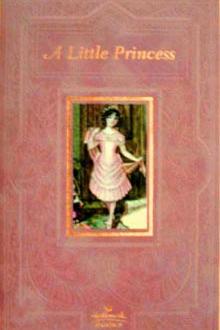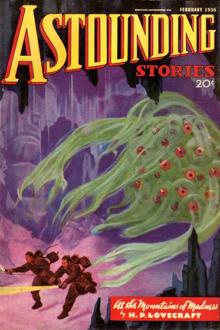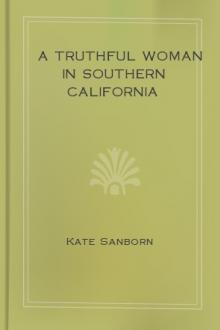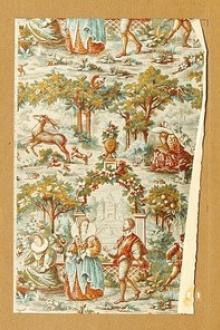Adopting an Abandoned Farm
Book Excerpt
People seem to have but little sentiment about their associations with furniture long in the family.
The family and a few intimate friends usually sit at the upper windows gazing curiously on the crowd, with no evidence of feeling or pathetic recollections.
I lately heard a daughter say less than a month after her father's death, pointing to a small cretonne-covered lounge: "Father made me that lounge with his own hands when I's a little girl. He tho't a sight on't it, and allers kep' it 'round. But my house is full now. I ain't got no room for't." It sold for twelve cents!
Arthur Helps says that human nature craves, nay enjoys, tragedy; and when away from dramatic representation of crime and horrors and sudden death, as in this quiet country life, the people gratify their needs in the sorrows, sins, and calamities that befall their neighbors.
I strongly incline to H
Editor's choice
(view all)Popular books in Non-fiction, Biography, Fiction and Literature
Readers reviews
- Upvote (0)
- Downvote (0)
For her time, Sanborn is a surprising curmudgeon who has no difficulty in poking fun at herself, her neighbors, and turn-of-the-centry farm life. Her comments on horses, chickens, peacocks, and potatoes sometimes border on hard sarcasm and each chapter starts with a prosaic and idealistic quote on farm life followed by reality as she experienced it.
The book is short, but a wonderful read and a welcome glimpse into a world and lifestyle long gone.
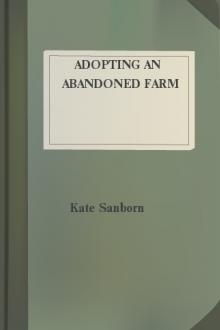
 Free Download
Free Download














